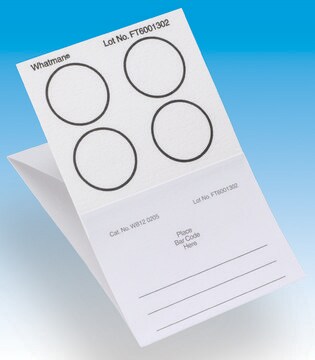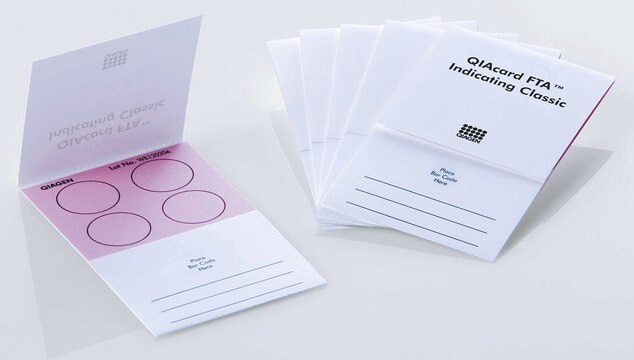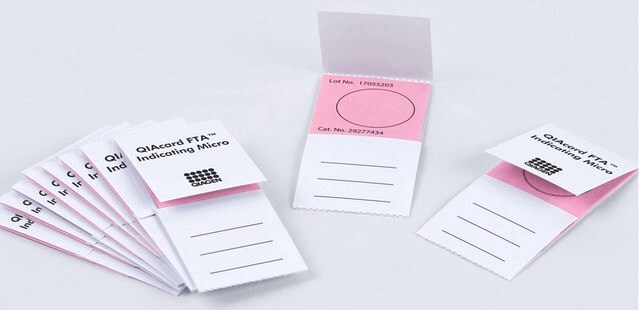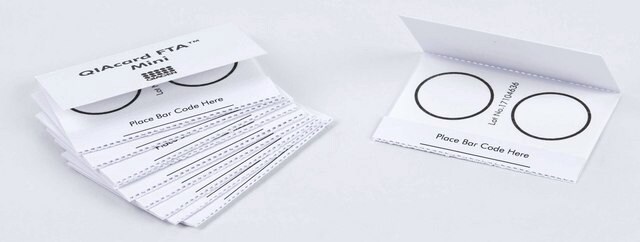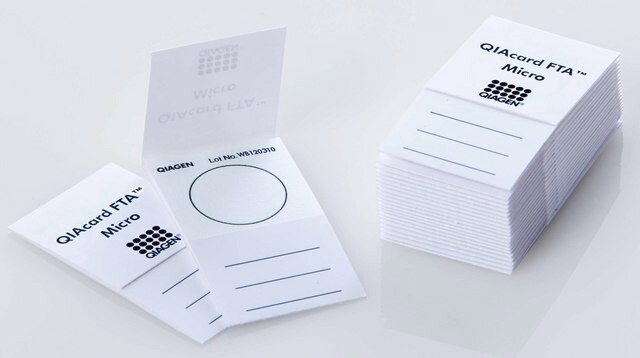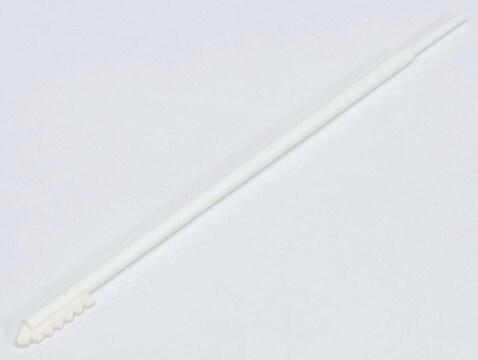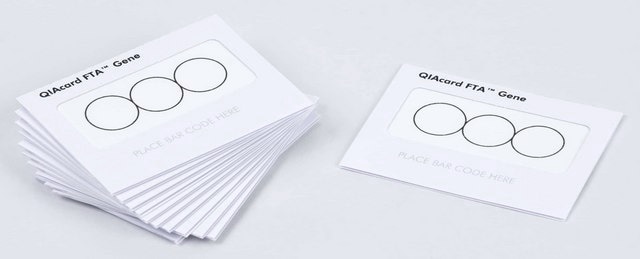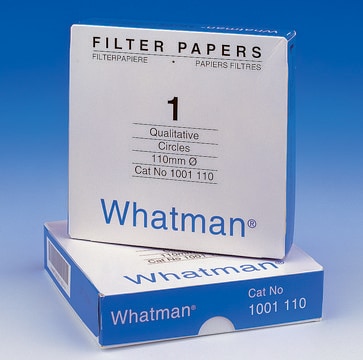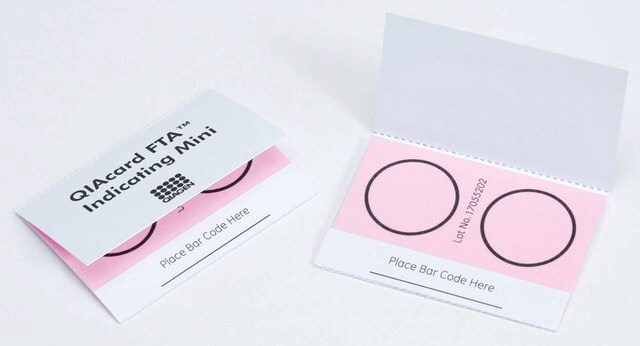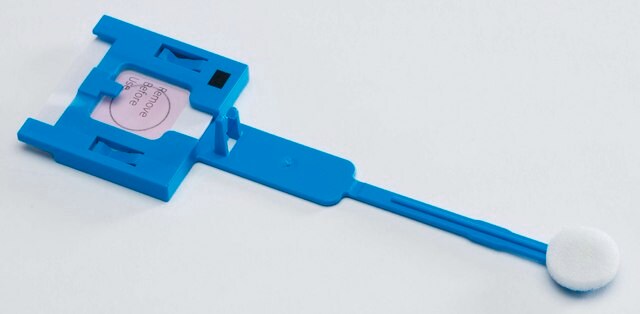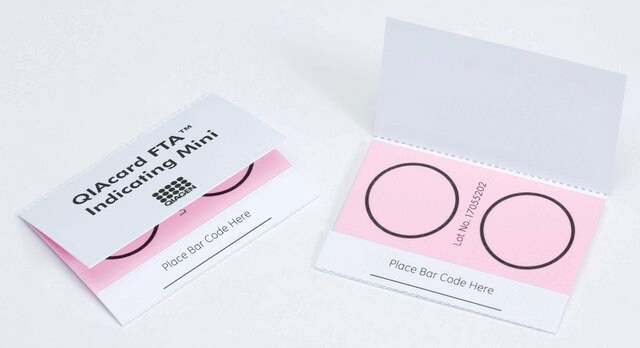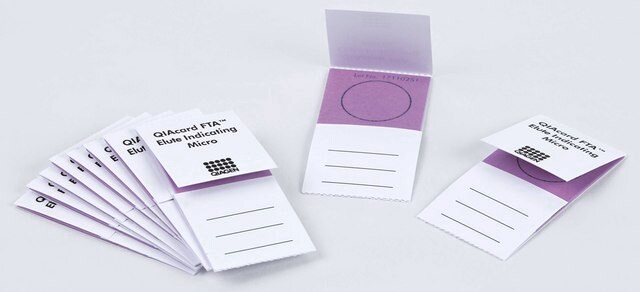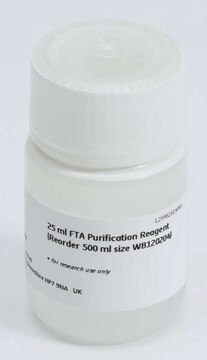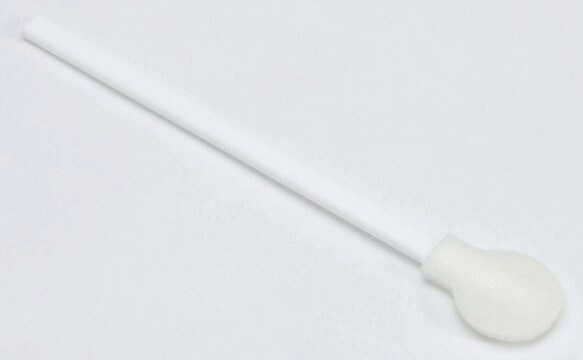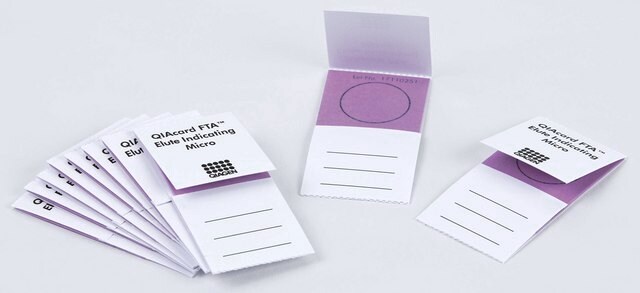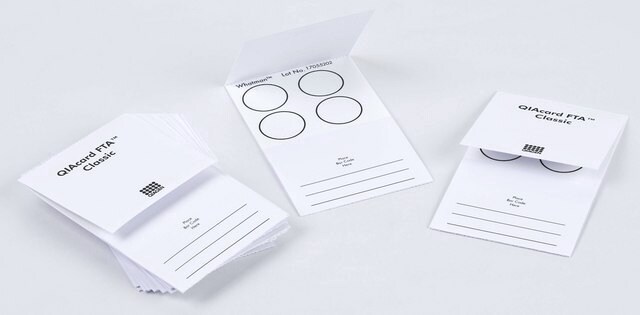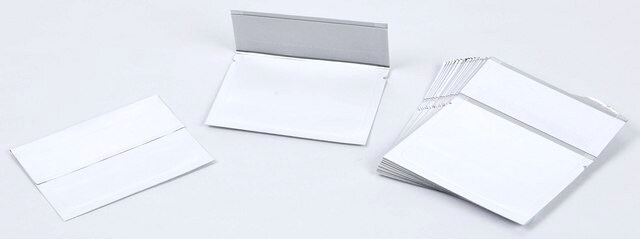WHAWB120210
QIAcard™ Tarjetas FTA™ no indicadoras
micro, 1 sample area per card, pkg of 100 cards
Sinónimos:
QIAcard™ FTA™ Micro (100), Whatman FTA, Z719773, whatman fta cards
About This Item
Productos recomendados
description
FTA micro card with 1 sample area per card, 125 μL maximum volume/sample area, 125 μL maximum total volume/card
manufacturer/tradename
Qiagen WB120210
packaging
pkg of 100 cards
suitability
suitable for (isolation, purification and storage of nucleic acids)
General description
QIAcard™ FTA™ micro format with one spot area to collect, stabilize, process, transport, and archive colored samples such as blood. FTA™ technology enables cell lysis on contact, denatures proteins and immediate stabilization and protection of nucleic acids.
FTA™ micro cards utilize QIAcard™ FTA™ technology that simplifies the handling and processing of nucleic acids. FTA™ Cards contain chemicals that lyse cells, denature proteins and protect nucleic acids from nucleases, oxidation and UV damage. FTA™ cards rapidly inactivate organisms, including blood-borne pathogens, and prevent the growth of bacteria and other microorganisms.
Convenient for protocols that require different locations for testing and archiving samples. Different samples can be processed independently.
Application
- Identificación transgénica
- Medicina transfusional
- Cribado de plásmidos
- Análisis alimentarios y agrícolas
- Descubrimiento de fármacos
- Genómica
- Análisis de STR
- Identificación animal
- Amplificación del genoma completo
- Biología molecular
Features and Benefits
- One sample area for application of up to 125 μl sample volume per card.
- Simply apply your sample to the FTA™ Card. Cell membranes and organelles are lysed and the released nucleic acids are entrapped in the fibers of the matrix. The nucleic acids remain immobilized and are preserved for transport, immediate processing or long-term room temperature storage.
- Since captured nucleic acids are preserved, FTA™ Cards facilitate sample collection in remote locations and simplify sample transport.
- Ship your samples back to the laboratory without expensive special handling or dry ice and process at your convenience.
- FTA™ Cards can be used with virtually any sample type: Blood, Cultured cells, Buccal cells, Plasmids, and Solid tissue.
- Captured nucleic acids are ready for purification when you are. Just take a punch from the FTA™ Card, wash with FTA™ Purification Reagent and rinse with TE-1 (10 mM Tris-HCI, 0.1 mM EDTA, pH 8) buffer. DNA on the washed punch is ready to use in applications such as PCR, SNP analysis, and real-time PCR. Since PCR products remain in solution, the punch can be used for multiple amplifications.
Other Notes
Field of Use : For internal research use only
Legal Information
Certificados de análisis (COA)
Busque Certificados de análisis (COA) introduciendo el número de lote del producto. Los números de lote se encuentran en la etiqueta del producto después de las palabras «Lot» o «Batch»
¿Ya tiene este producto?
Encuentre la documentación para los productos que ha comprado recientemente en la Biblioteca de documentos.
Los clientes también vieron
Artículos
This article describes the evaluation of Whatman FTA cards from Cytiva for their ability to collect, store, and isolate high-quality RNA from a variety of crude biological samples.
Description of common problems that can occur during genomic DNA preparation
Polymerase chain reaction (PCR) is a technique that results in exponential amplification of a target DNA sequence.
Protocolos
This study examined the yield and quality of DNA from samples applied to Whatman FTA cards, using five common methods of DNA extraction.
A number of options are available for sample collection, transport, archiving, and DNA purification.
Spectrophotometry can be used to estimate DNA or RNA concentration and to analyze the purity of the preparation.
Nuestro equipo de científicos tiene experiencia en todas las áreas de investigación: Ciencias de la vida, Ciencia de los materiales, Síntesis química, Cromatografía, Analítica y muchas otras.
Póngase en contacto con el Servicio técnico